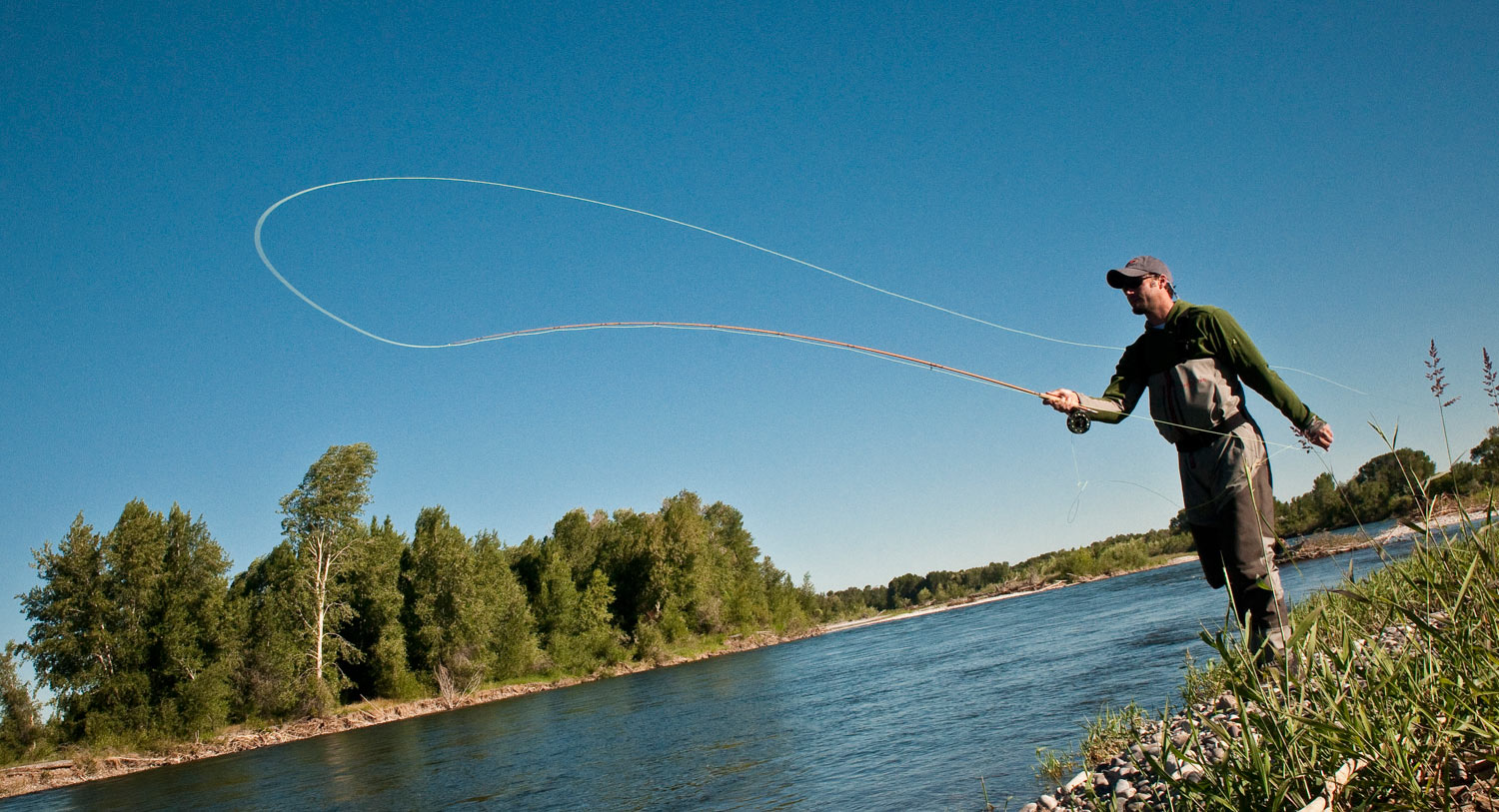Fly fishing is an art that requires mastering various casting techniques. While the basic overhead cast is essential, special casts can help anglers navigate challenging situations and improve their success rates. Here are some advanced fly fishing casts that every angler should learn.
The Roll Cast
The roll cast is perfect for situations where there is limited space for a back cast, such as when fishing in tight quarters or near overhanging branches. To execute a roll cast, start by positioning the fly line straight on the water. Raise the rod slowly to create a D-loop behind it, then flick the rod tip forward to propel the line forward. Practice this cast to achieve smooth and accurate presentations.
The Spey Cast
Originating from Scotland, the Spey cast is ideal for fishing large rivers with wide spaces. It allows anglers to cast long distances with minimal effort. The basic single Spey cast involves creating a D-loop and then sweeping the rod across the body before making a forward cast. This technique is especially useful when targeting salmon or steelhead in strong currents.
The Double Haul Cast
The double haul cast increases line speed and distance, making it perfect for casting against the wind or reaching distant fish. To perform a double haul, execute a haul (a quick pull on the line) during both the back cast and forward cast. This technique requires coordination and practice but can significantly enhance your casting range and accuracy.

The Reach Cast
The reach cast is a valuable technique for presenting flies to fish in tricky currents. By extending the rod to one side during the forward cast, anglers can create a mend in the line, allowing the fly to drift naturally with the current. This cast is particularly effective for targeting trout in rivers and streams.
The Curve Cast
When fish are hiding behind obstacles or in difficult-to-reach spots, the curve cast can help. By using wrist action and rod tip manipulation, anglers can create a curved path for the fly line, enabling the fly to land in hard-to-reach areas. Practice the curve cast to increase your versatility on the water.
Perfecting Your Casts
Mastering these special fly fishing casts requires practice and patience. Start by practicing on dry land to develop muscle memory and improve accuracy. Gradually move to the water and practice in real fishing conditions. Seek guidance from experienced anglers or consider taking casting lessons to refine your techniques.
Using Special Casts in Combination
Experienced fly anglers often use multiple casting techniques in combination to adapt to changing conditions and challenges. For example, a reach cast followed by a mend can create a drag-free drift, while a roll cast can be combined with a double haul for added distance. Experiment with different combinations to find what works best for your fishing style and environment.
By learning and perfecting these special fly fishing casts, you can enhance your ability to present flies accurately and effectively in various fishing situations, ultimately improving your success and enjoyment on the water.
Image: ginkandgasoline





